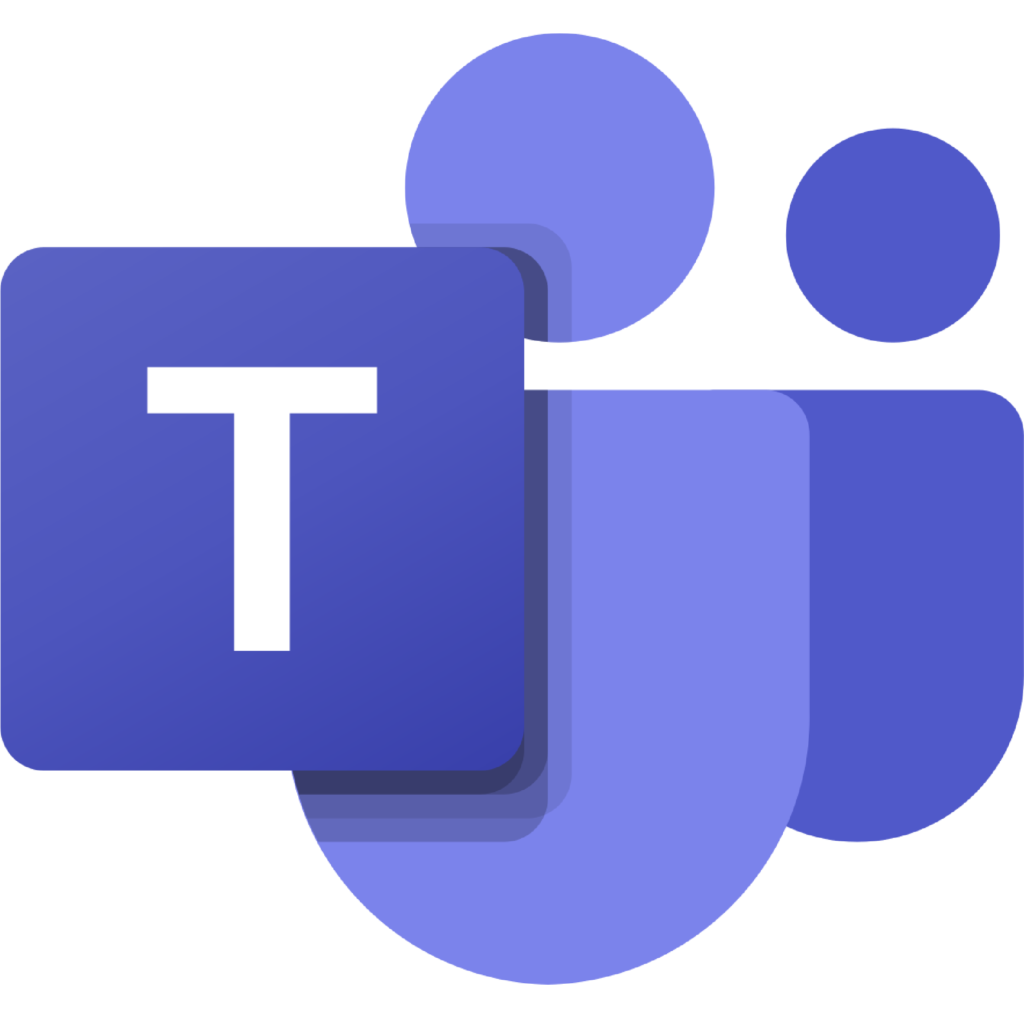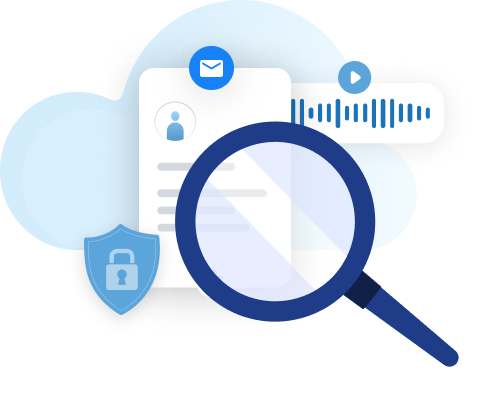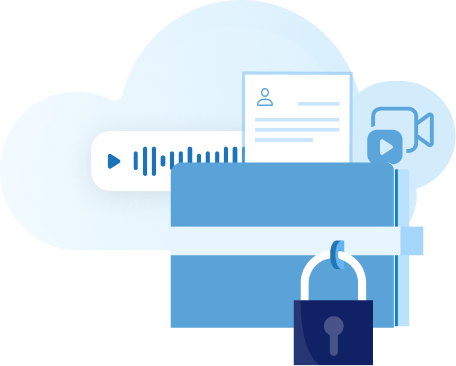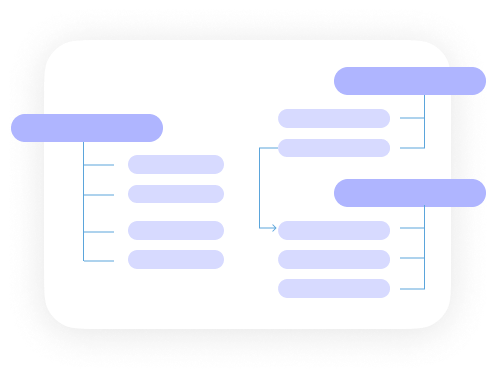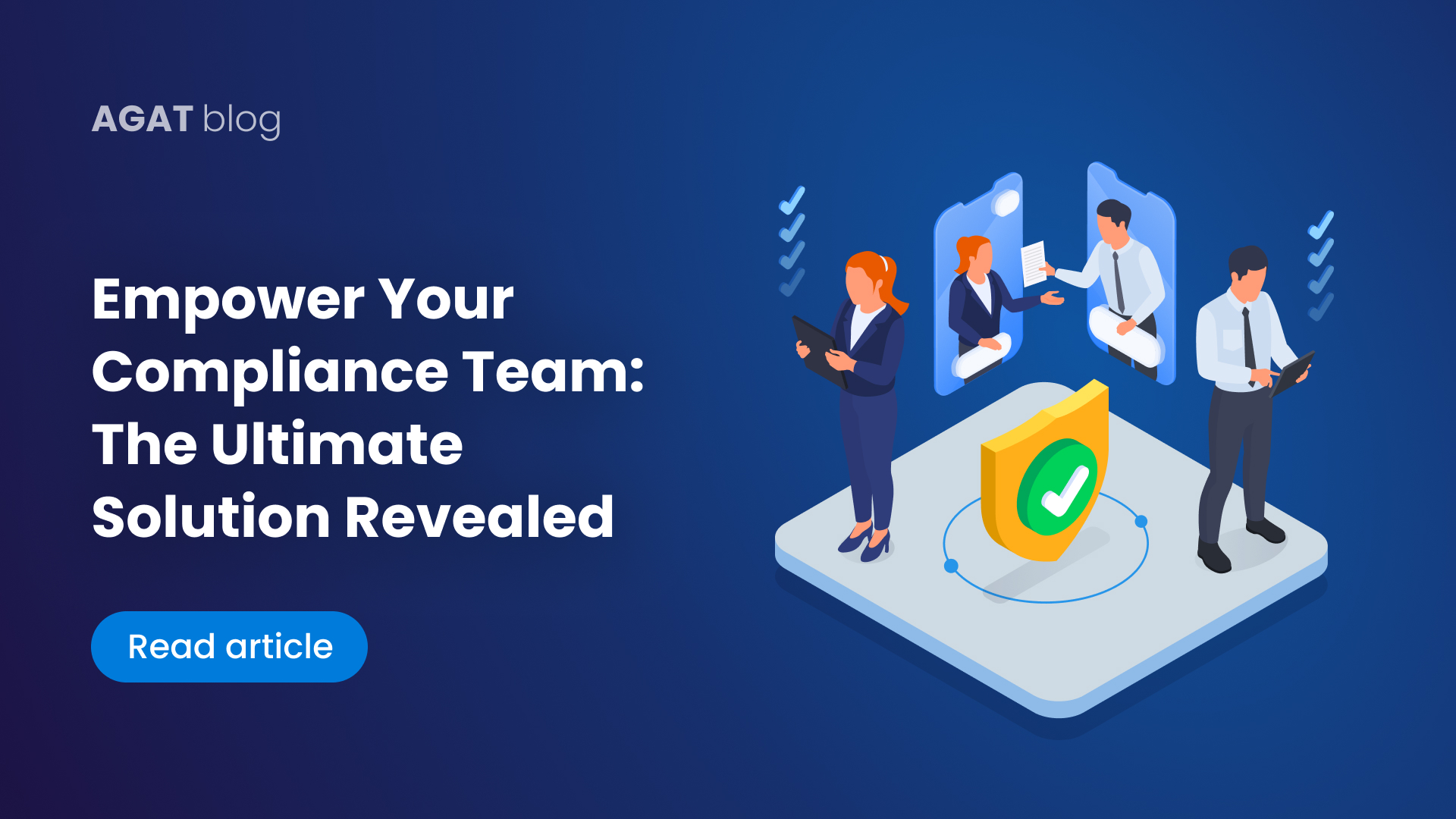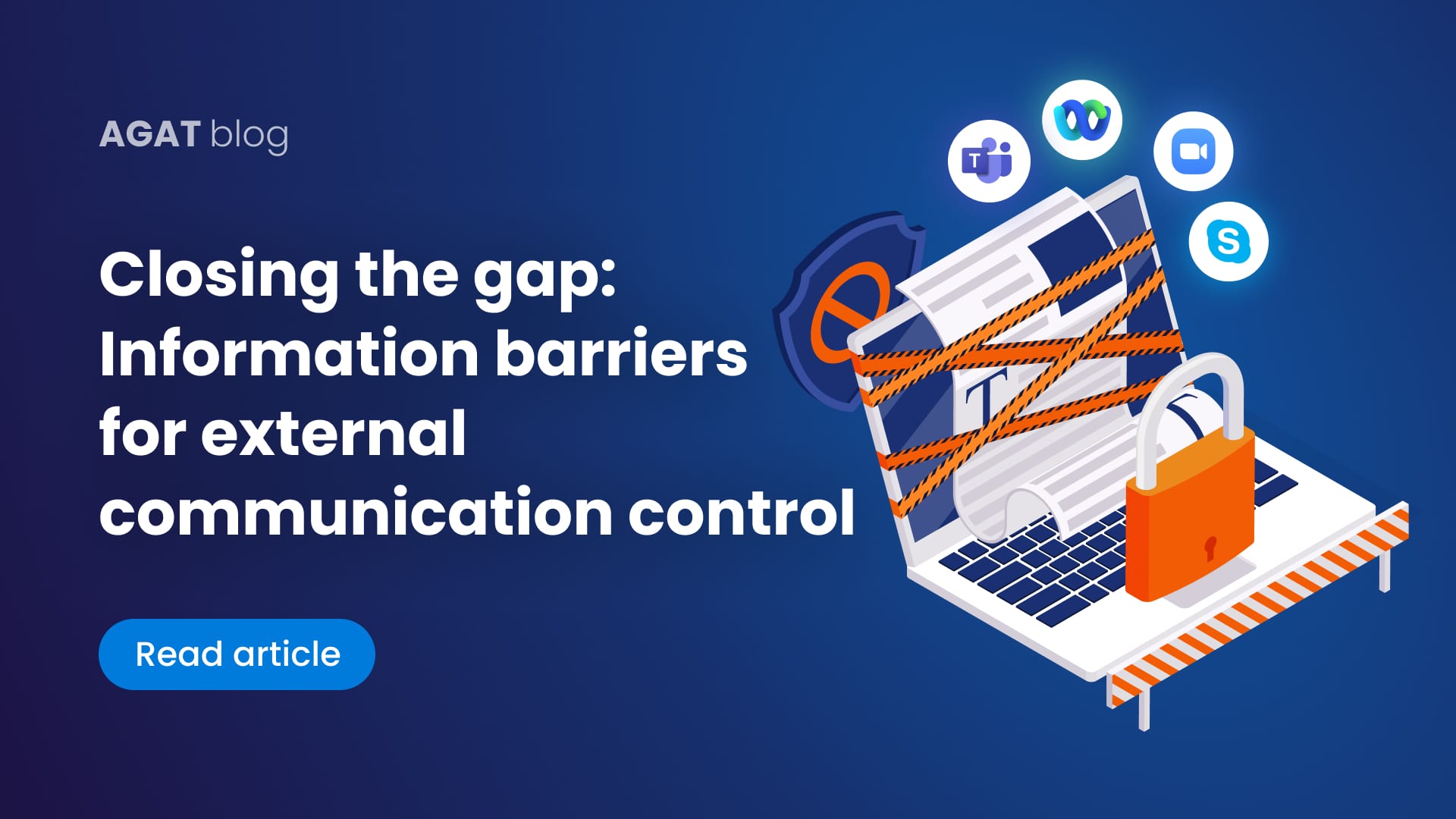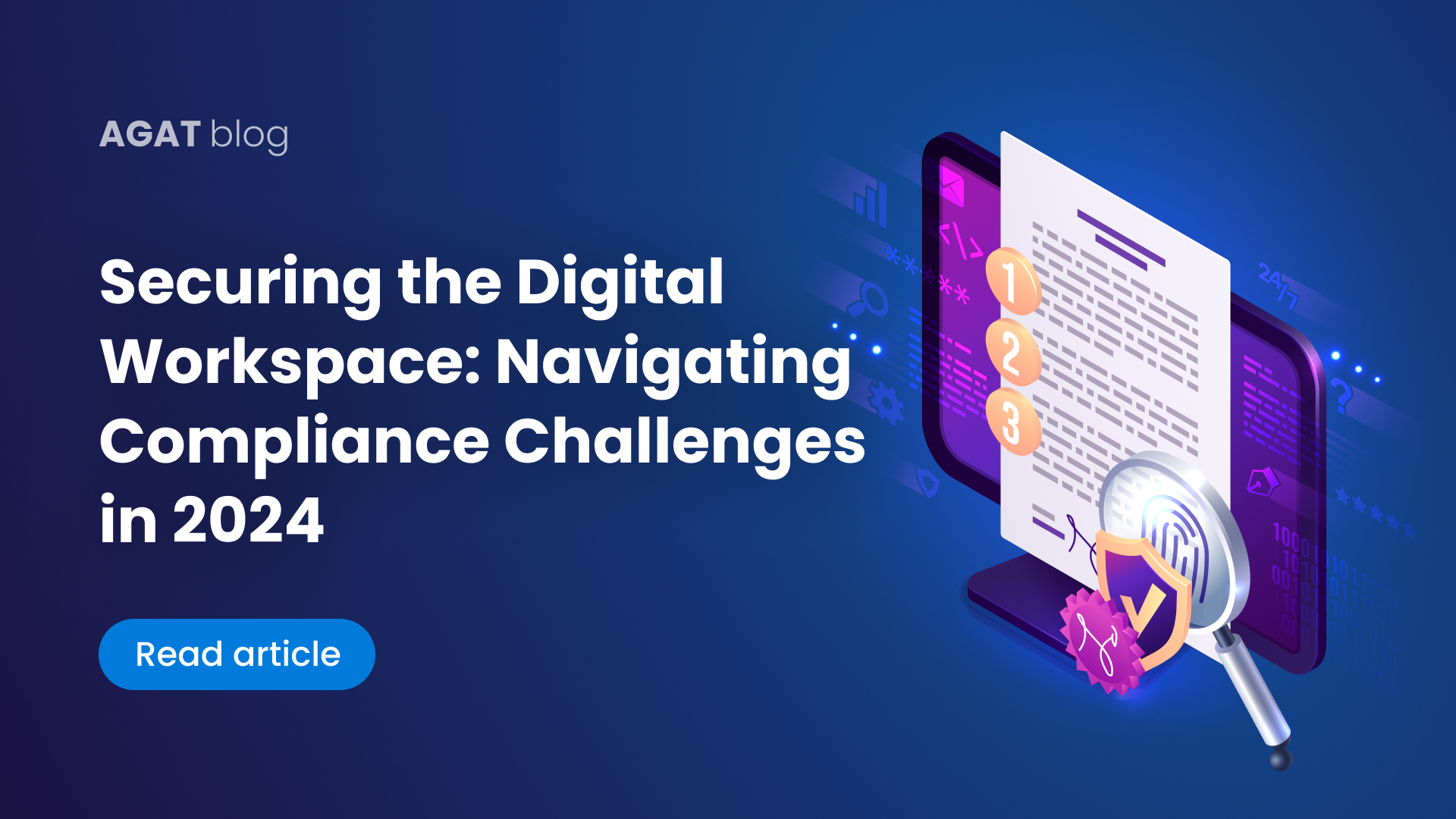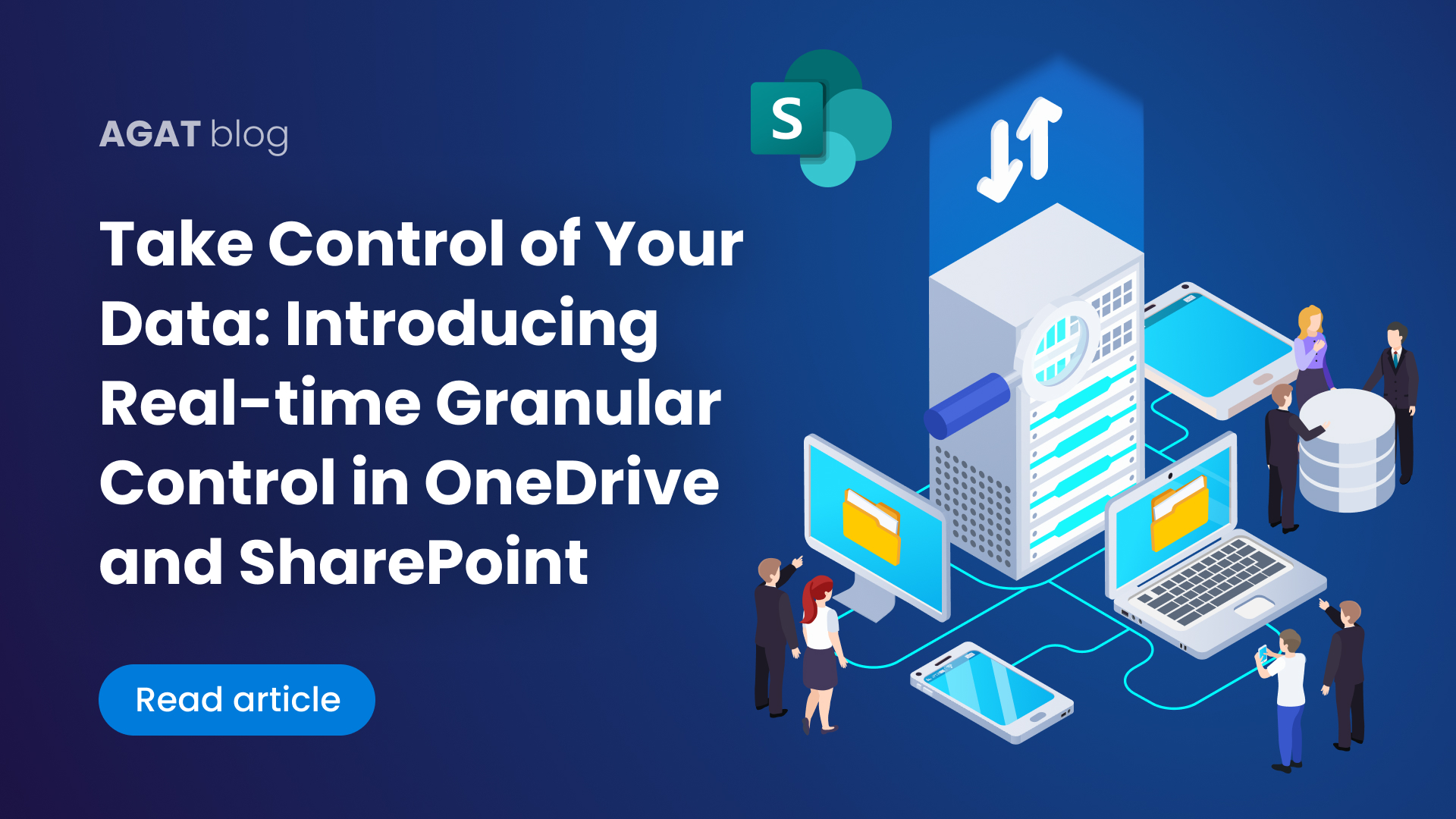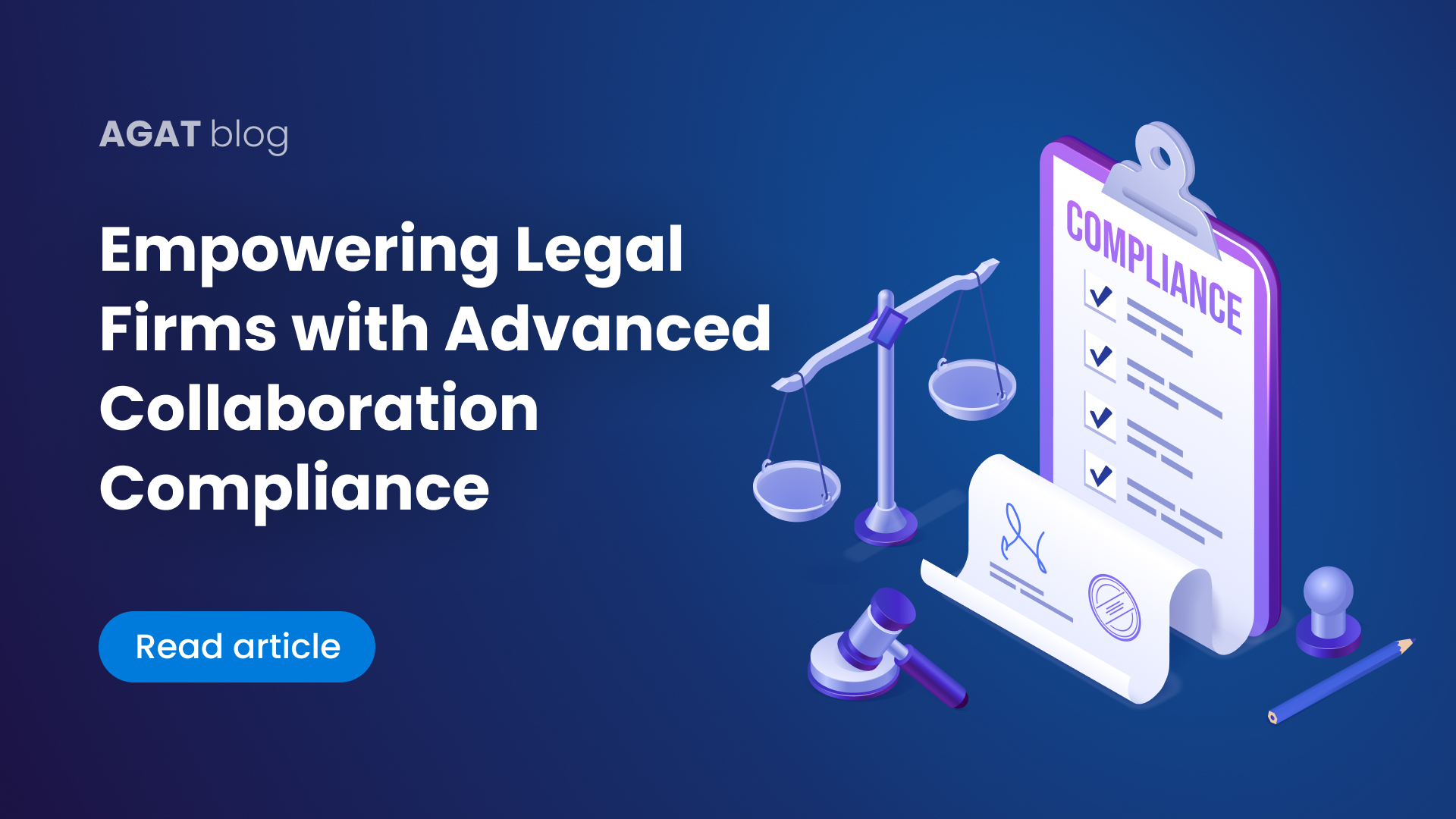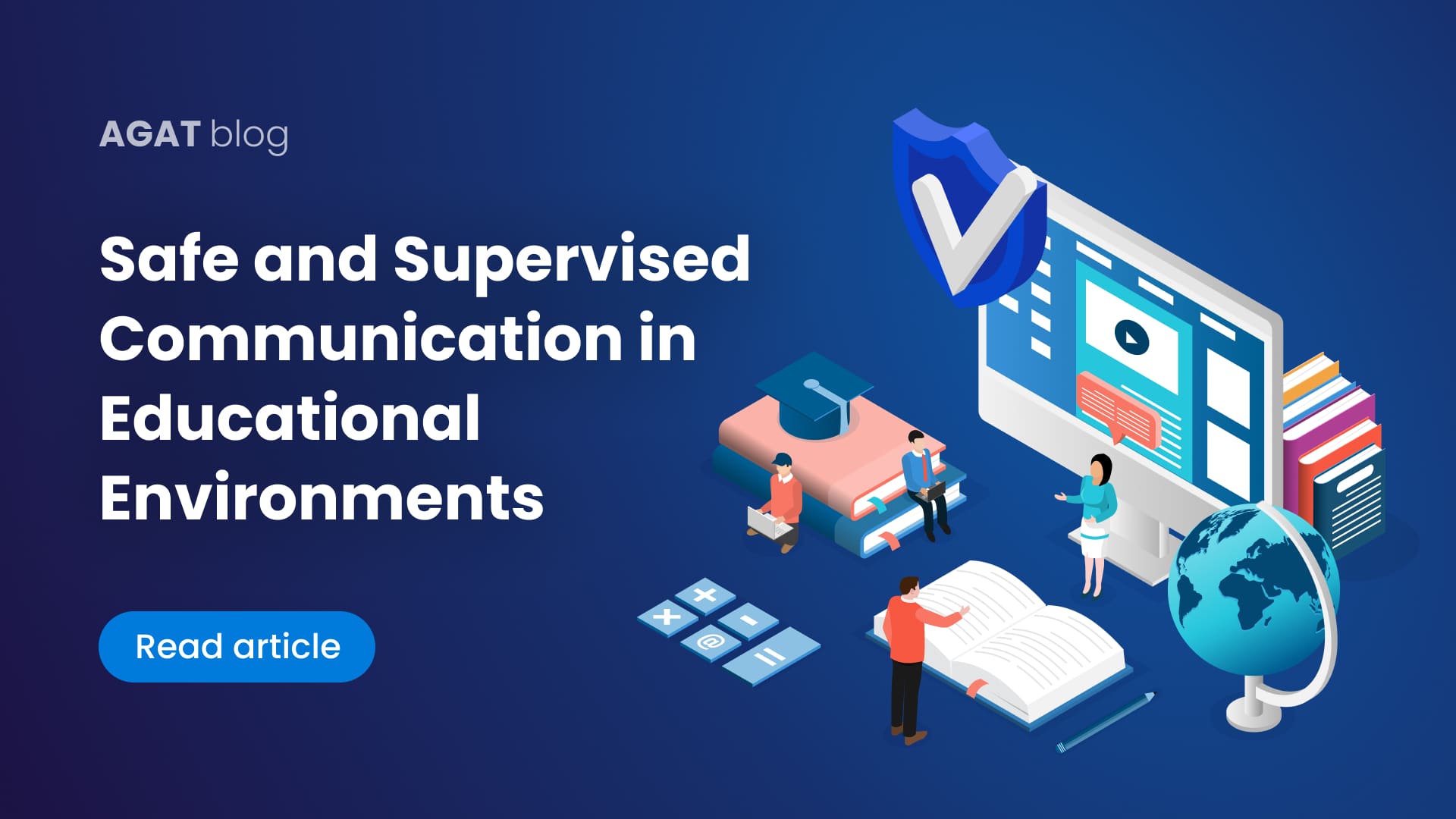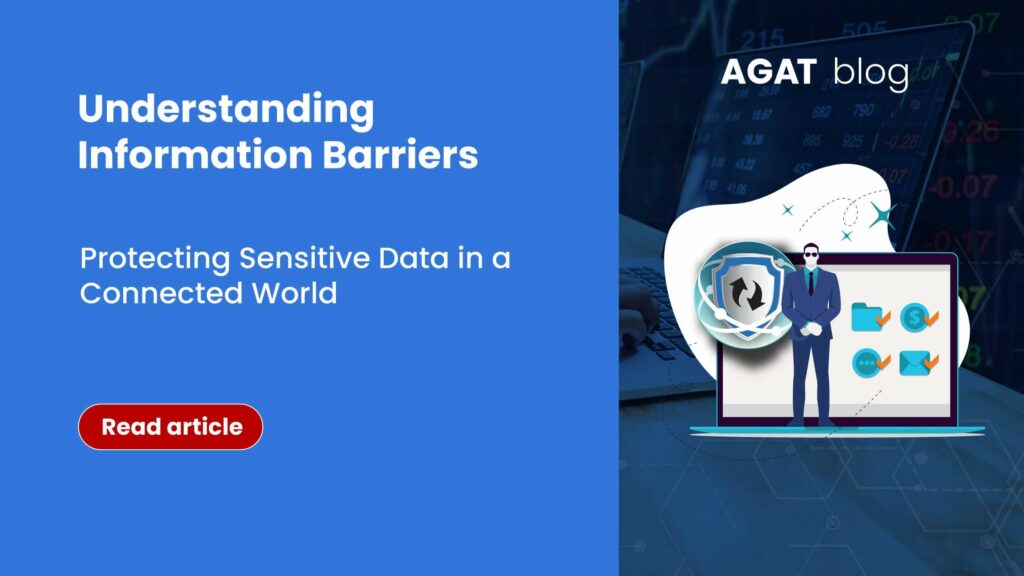
Living in a digital age has brought numerous benefits, transforming the way we communicate, work, and access information. However, with the increasing interconnectedness and reliance on technology, the need to protect sensitive data has become more critical than ever. Information barriers play a crucial role in safeguarding sensitive data and preventing unauthorized access or breaches. In this blog post, we will explore the concept of information barriers and understand their significance in today’s connected world.
What are Information Barriers?
Information barriers refer to the policies, technologies, and practices put in place to control access to sensitive data and ensure its confidentiality, integrity, and availability. These barriers aim to restrict the flow of information within an organization or between different entities to prevent potential conflicts of interest, data leakage, insider trading, or unauthorized disclosure.
In a connected world, where data can be easily shared and accessed across various platforms and devices, information barriers act as a defense mechanism, mitigating risks and protecting valuable and confidential data.
Types of Information Barriers
Physical Barriers: Physical barriers involve securing physical assets that contain sensitive information. This includes measures such as locked doors, surveillance systems, restricted access areas, and secure storage facilities to prevent unauthorized individuals from gaining physical access to sensitive data.
Network Barriers: Network barriers involve implementing security measures at the network level to protect data during transmission. This includes firewalls, encryption protocols, virtual private networks (VPNs), and intrusion detection systems (IDS) to ensure secure communication and prevent unauthorized access to sensitive information.
Data Access Controls: Data access controls are mechanisms that restrict access to sensitive data based on user roles, privileges, and permissions. This includes user authentication, strong password policies, multi-factor authentication (MFA), and role-based access control (RBAC) to ensure that only authorized individuals can access and manipulate sensitive data.
Information Sharing Policies: Information sharing policies define guidelines and procedures for sharing sensitive data with external entities. These policies govern the exchange of information, outlining the acceptable methods, channels, and security requirements for sharing sensitive data while minimizing the risk of unauthorized disclosure.
Importance of Information Barriers
Protecting Confidentiality: Information barriers help maintain confidentiality by ensuring that only authorized individuals have access to sensitive data. This prevents data breaches, insider threats, and unauthorized disclosure, preserving the privacy and integrity of confidential information.
Safeguarding Integrity: By implementing information barriers, organizations can prevent unauthorized modification, tampering, or manipulation of sensitive data. These measures ensure data integrity, enhancing trust in the accuracy and reliability of the information being shared or stored.
Mitigating Risks: Information barriers help organizations mitigate risks associated with data breaches, compliance violations, and regulatory penalties. By implementing robust security measures and access controls, organizations can proactively address potential threats and protect themselves against financial, reputational, and legal consequences.
Maintaining Trust and Reputation: Information barriers are essential for maintaining trust with customers, clients, and stakeholders. When sensitive data is handled with utmost care and protected from unauthorized access, organizations demonstrate their commitment to data privacy, security, and ethical practices, which ultimately strengthens their reputation and builds trust.
Best Practices for Implementing Information Barriers
Conduct Risk Assessments: Regularly assess the potential risks associated with sensitive data and evaluate existing information barriers to identify vulnerabilities and areas for improvement.
Implement Encryption: Encrypt sensitive data both at rest and in transit to protect it from unauthorized access. Encryption algorithms and protocols should be strong and regularly updated to address emerging security threats.
Establish Access Controls: Implement robust access control mechanisms, including strong authentication protocols, privileged access management, and role-based access controls, to ensure that only authorized individuals can access sensitive data.
Train Employees: Provide comprehensive training and awareness programs to employees about the importance of information barriers, data privacy best practices, and potential threats such as phishing, social engineering, and malware attacks.
Regularly Update Security Measures: Keep information barriers up to date with the latest security patches, software updates, and industry best practices to address new vulnerabilities and protect against emerging threats.
In a digitally interconnected world, where sensitive data is constantly being shared and accessed, understanding and implementing effective information barriers is vital. By establishing physical barriers, network security measures, data access controls, and information sharing policies, organizations can protect sensitive data, maintain confidentiality and integrity, mitigate risks, and preserve trust with their stakeholders. As technology continues to advance, staying vigilant and proactive in safeguarding sensitive information remains an ongoing responsibility for individuals and organizations alike.
Living in a digital age has brought numerous benefits, transforming the way we communicate, work, and access information. However, with the increasing interconnectedness and reliance on technology, the need to protect sensitive data has become more critical than ever. play a crucial role in safeguarding sensitive data and preventing unauthorized access or breaches. In this blog post, we will explore the concept of information barriers and understand their significance in today’s connected world.
What are Information Barriers?
Information barriers refer to the policies, technologies, and put in place to control access to sensitive data and ensure its confidentiality, integrity, and availability. These barriers aim to restrict the flow of information within an organization or between different entities to prevent potential conflicts of interest, data leakage, insider trading, or unauthorized disclosure.
In a connected world, where data can be easily shared and accessed across various platforms and devices, information barriers act as a defense mechanism, mitigating risks and protecting valuable and confidential data.
Types of Information Barriers
Physical Barriers: Physical barriers involve securing physical assets that contain sensitive information. This includes measures such as locked doors, surveillance systems, restricted access areas, and secure storage facilities to prevent unauthorized individuals from gaining physical access to sensitive data.
Network Barriers: Network barriers involve implementing security measures at the network level to protect data during transmission. This includes firewalls, encryption protocols, virtual private networks (VPNs), and intrusion detection systems (IDS) to ensure secure communication and prevent unauthorized access to sensitive information.
Data Access Controls: Data access controls are mechanisms that restrict access to sensitive data based on user roles, privileges, and permissions. This includes user authentication, strong password policies, multi-factor authentication (MFA), and role-based access control (RBAC) to ensure that only authorized individuals can access and manipulate sensitive data.
Information Sharing Policies: Information sharing policies define guidelines and procedures for sharing sensitive data with external entities. These policies govern the exchange of information, outlining the acceptable methods, channels, and security requirements for sharing sensitive data while minimizing the risk of unauthorized disclosure.
Importance of Information Barriers
Protecting Confidentiality: Information barriers help maintain confidentiality by ensuring that only authorized individuals have access to sensitive data. This prevents data breaches, insider threats, and unauthorized disclosure, preserving the privacy and integrity of confidential information.
Safeguarding Integrity: By implementing information barriers, organizations can prevent unauthorized modification, tampering, or manipulation of sensitive data. These measures ensure data integrity, enhancing trust in the accuracy and reliability of the information being shared or stored.
Mitigating Risks: Information barriers help organizations mitigate risks associated with data breaches, compliance violations, and regulatory penalties. By implementing robust security measures and access controls, organizations can proactively address potential threats and protect themselves against financial, reputational, and legal consequences.
Maintaining Trust and Reputation: Information barriers are essential for maintaining trust with customers, clients, and stakeholders. When sensitive data is handled with utmost care and protected from unauthorized access, organizations demonstrate their commitment to data privacy, security, and ethical practices, which ultimately strengthens their reputation and builds trust.
Best Practices for Implementing Information Barriers
Conduct Risk Assessments: Regularly assess the potential risks associated with sensitive data and evaluate existing information barriers to identify vulnerabilities and areas for improvement.
Implement Encryption: Encrypt sensitive data both at rest and in transit to protect it from unauthorized access. Encryption algorithms and protocols should be strong and regularly updated to address emerging security threats.
Establish Access Controls: Implement robust access control mechanisms, including strong authentication protocols, privileged access management, and role-based access controls, to ensure that only authorized individuals can access sensitive data.
Train Employees: Provide comprehensive training and awareness programs to employees about the importance of information barriers, data privacy best practices, and potential threats such as phishing, social engineering, and malware attacks.
Regularly Update Security Measures: Keep information barriers up to date with the latest security patches, software updates, and industry best practices to address new vulnerabilities and protect against emerging threats.
In a digitally interconnected world, where sensitive data is constantly being shared and accessed, understanding and implementing effective information barriers is vital. By establishing physical barriers, network security measures, data access controls, and information sharing policies, organizations can protect sensitive data, maintain confidentiality and integrity, mitigate risks, and preserve trust with their stakeholders. As technology continues to advance, staying vigilant and proactive in safeguarding sensitive information remains an ongoing responsibility for individuals and organizations alike.
If you want to ensure effective management of your communication policies, AGAT Software is your best ally. In our digital era, regulations and compliance are getting more complex by the day.
If you want to ensure effective management of your communication policies, AGAT Software is your best ally. In our digital era, regulations and compliance are getting more complex by the day.
Do not hesitate to give your compliance capabilities a boost. Contact us and our team will show you a short demo of AGAT Information Barriers solution.







